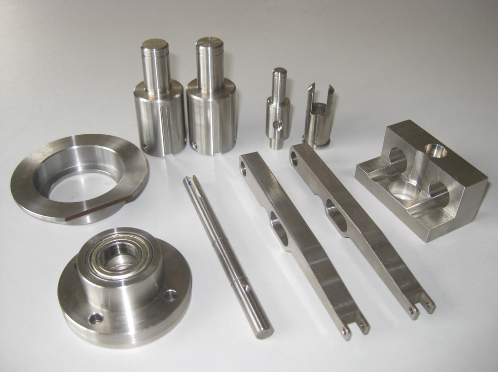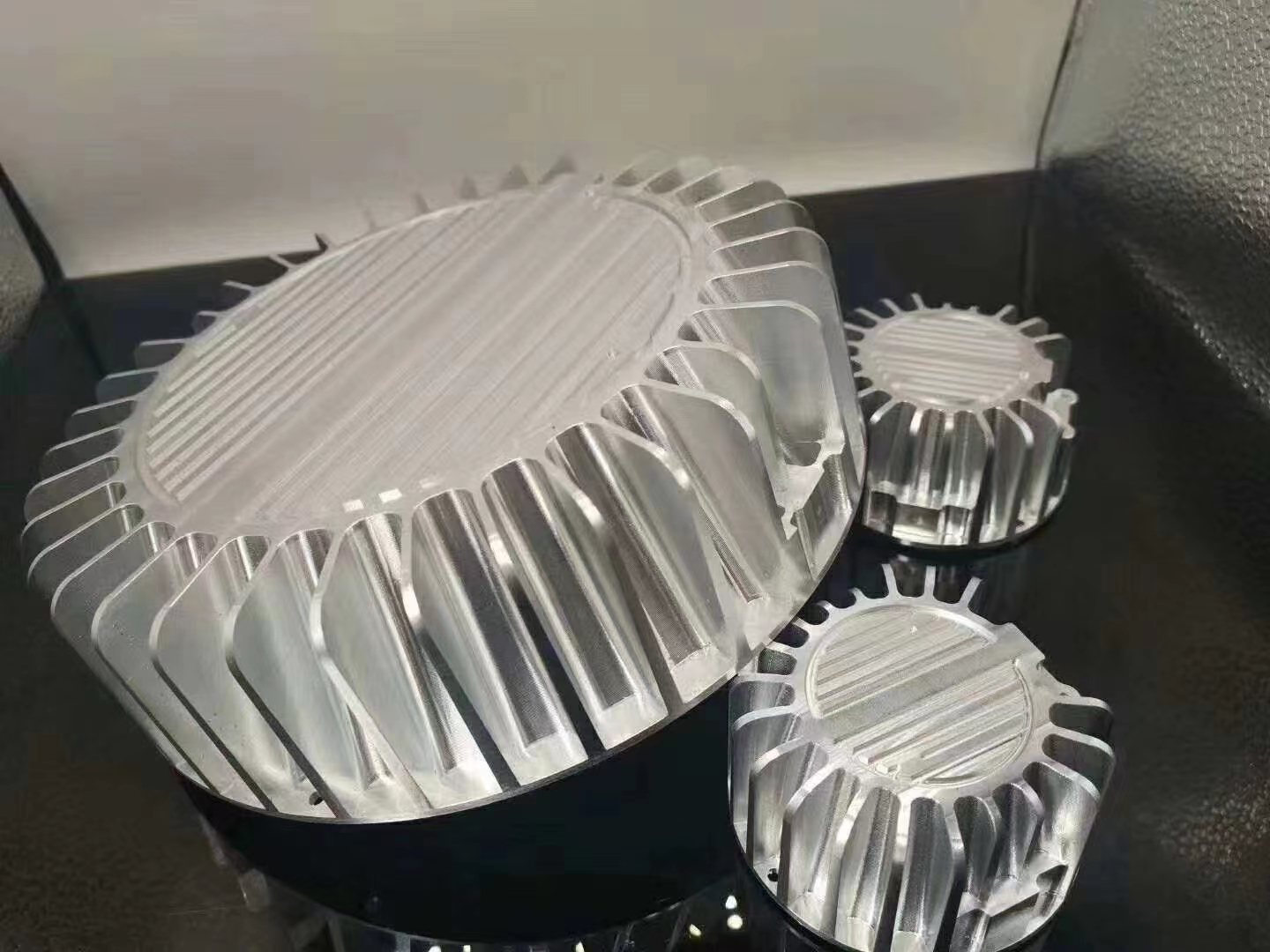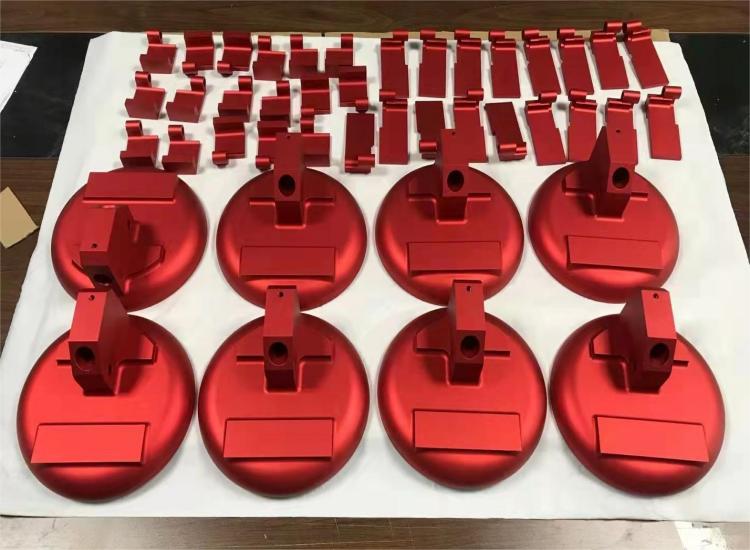CNC Metal
CNC milling can be used to process a variety of metal materials, including aluminum, steel, stainless steel, copper, titanium, magnesium, and more. CNC milling metal processing typically involves the following steps:
1. Design and programming: Develop or obtain design drawings of parts and use specialized software to create CNC machining programs. These programs instruct the cutting tools on the machine tool how to move and cut the metal workpiece.
2. Select and prepare the workpiece: Select the appropriate metal material and fix it on the workbench or fixture of the CNC machine tool for processing.
3. Set up the machine and tools: Make sure the CNC machine is set up correctly and loaded with the required cutting tools. The choice of tool depends on the type, shape and machining requirements of the metal to be machined.
4. Load the processing program: Load the previously created CNC processing program into the control system of the machine tool, and make the necessary settings and calibrations.
5. Processing operation: Start the machine tool and start executing the processing program through the CNC control system. The tool on the machine tool performs cutting, milling, drilling and other operations on the workpiece according to predetermined paths and parameters.
6. Monitoring and adjustment: During the processing process, operators may need to monitor the operating status of the machine tool, and adjust and optimize processing parameters as needed to ensure processing quality and efficiency.
7. Surface treatment and post-processing: Surface treatment (such as polishing, sandblasting) may be required after processing to improve the surface quality and appearance of the workpiece. In addition, post-processing operations such as heat treatment, coating, and assembly may be required.
CNC metal processing has the advantages of high precision, high efficiency, and cost reduction, and is widely used in various fields of manufacturing, including aerospace, automobile manufacturing, electronic equipment, medical equipment, etc.
Our CNC machining capabilities include prototyping and low-volume custom processing, and we are particularly good at CNC aluminum parts processing, as well as other metals such as magnesium, zinc, titanium, steel and stainless steel, as well as a variety of secondary processing and surface treatment processes. If you are interested in using a CNC machine to manufacture new parts, your results will not disappoint you, especially if you choose the right materials. Looking forward to receiving your inquiries!














